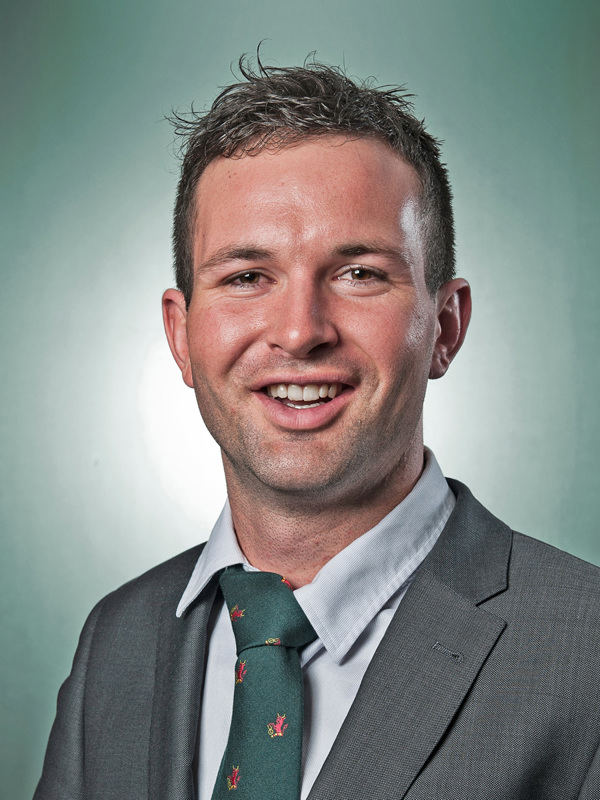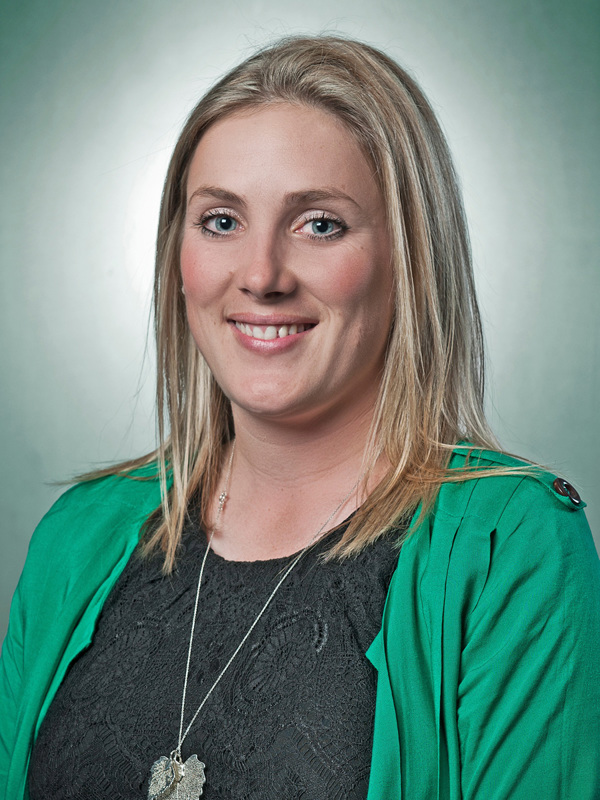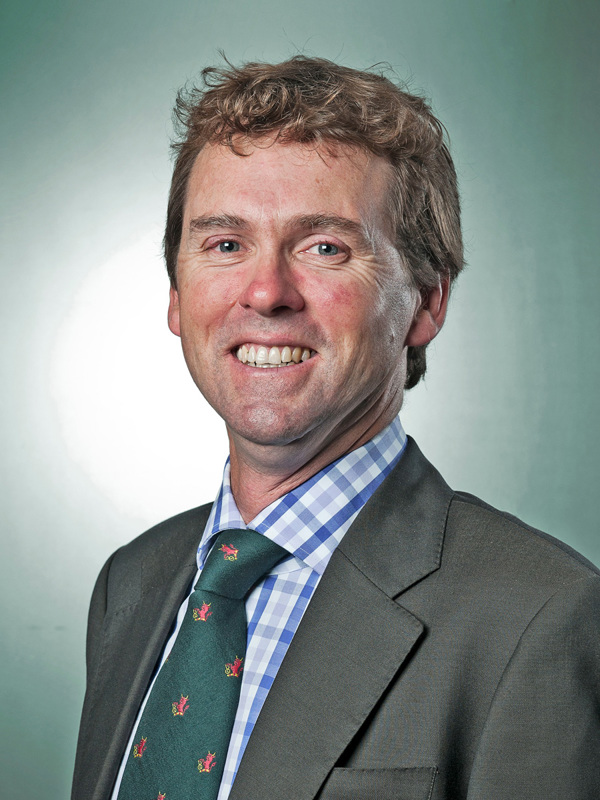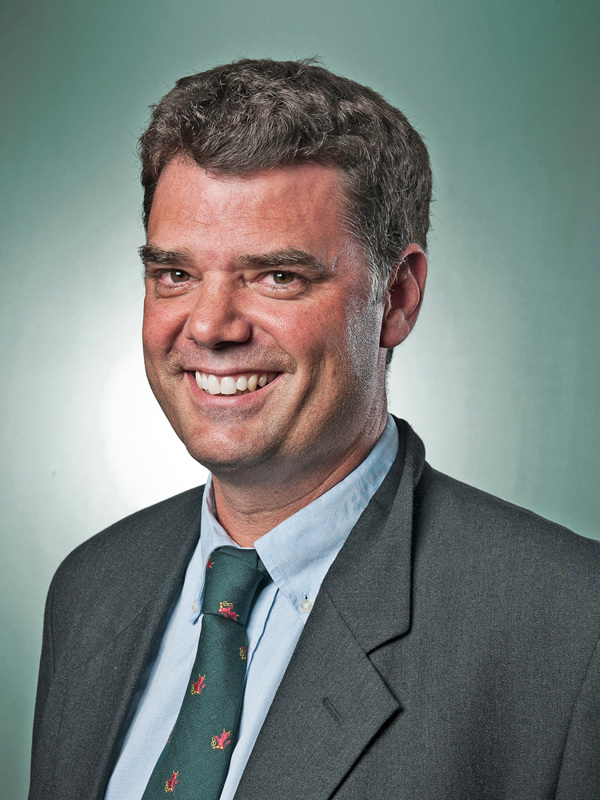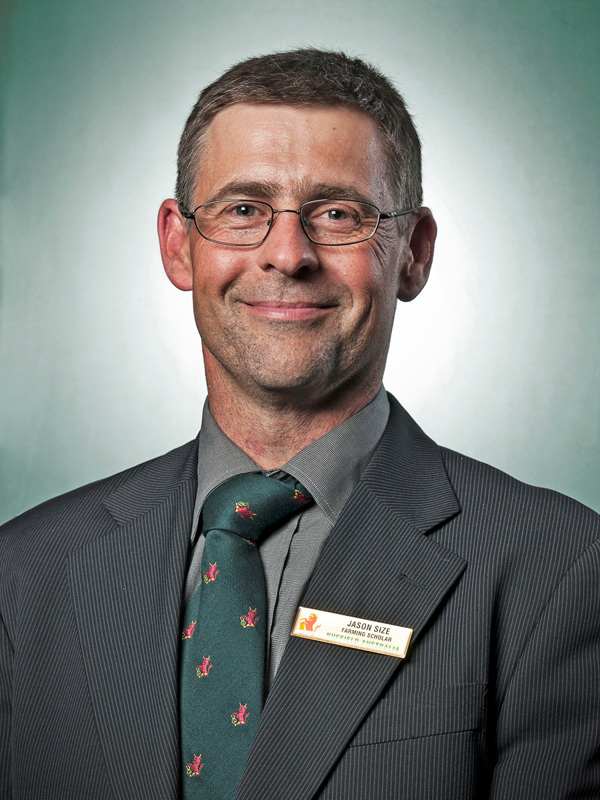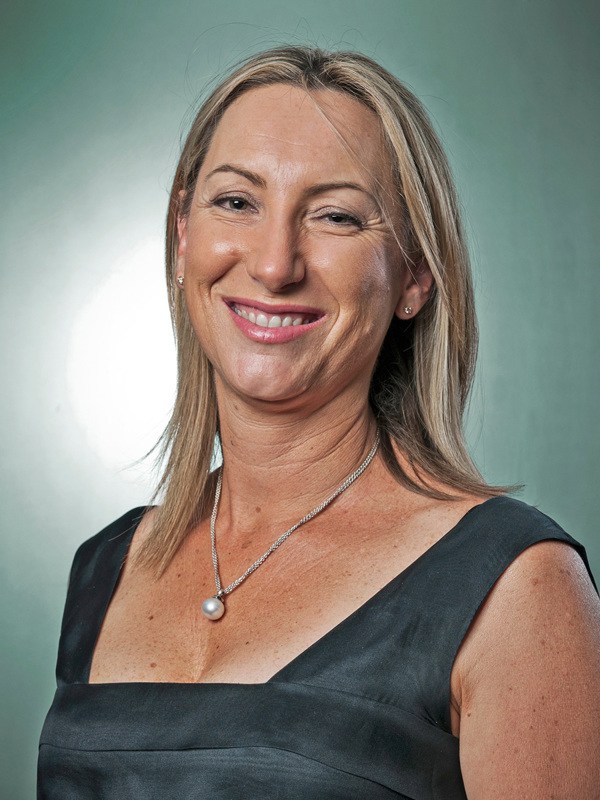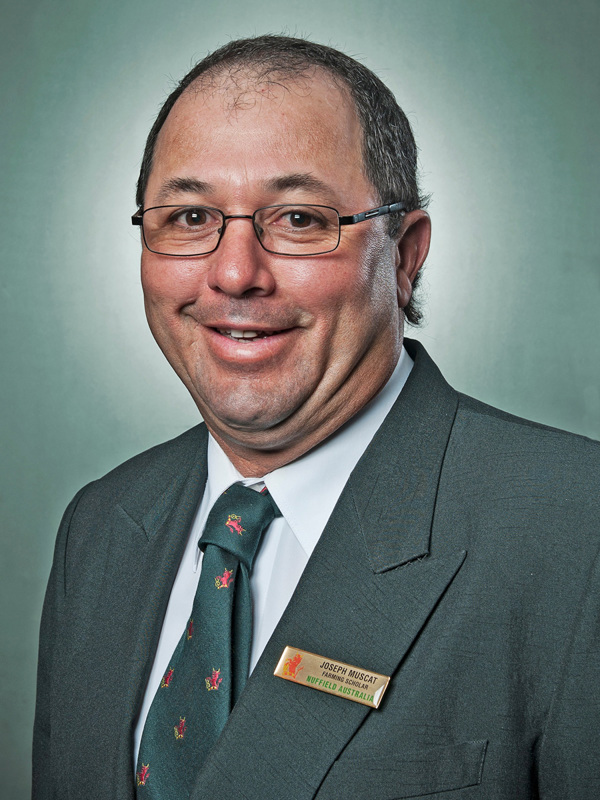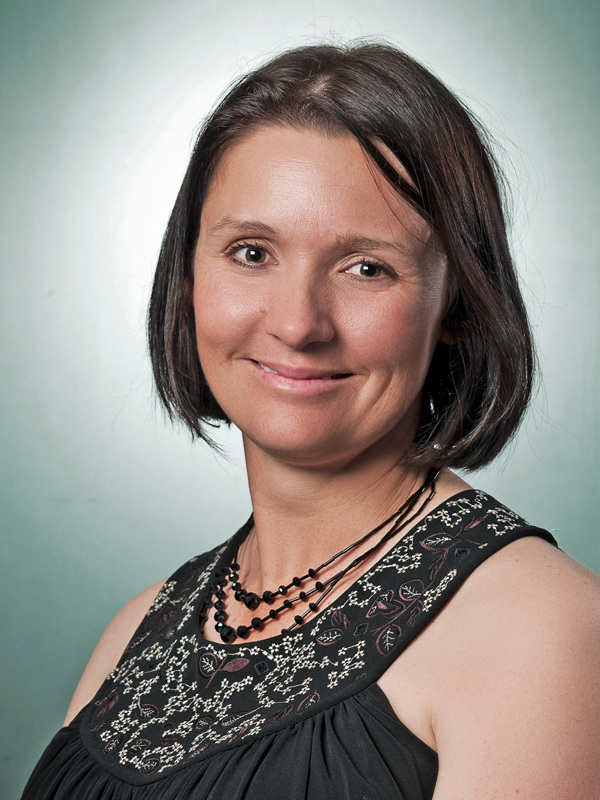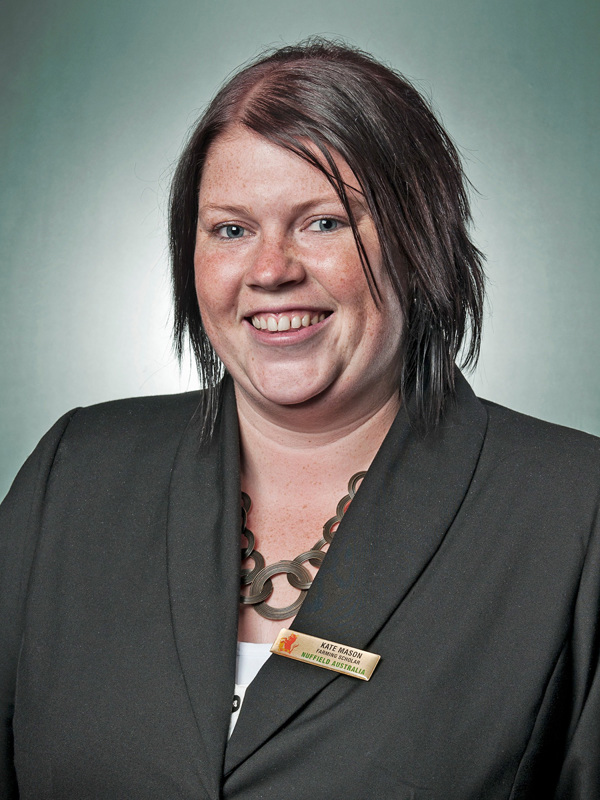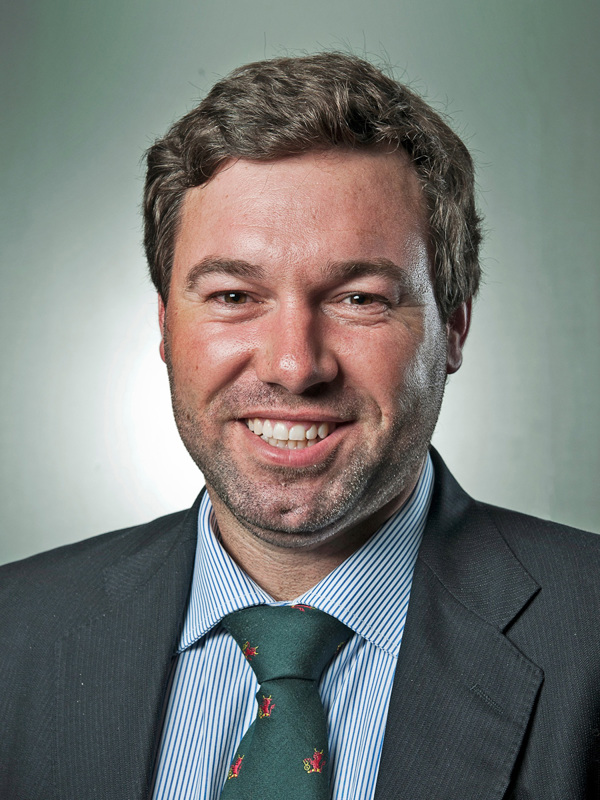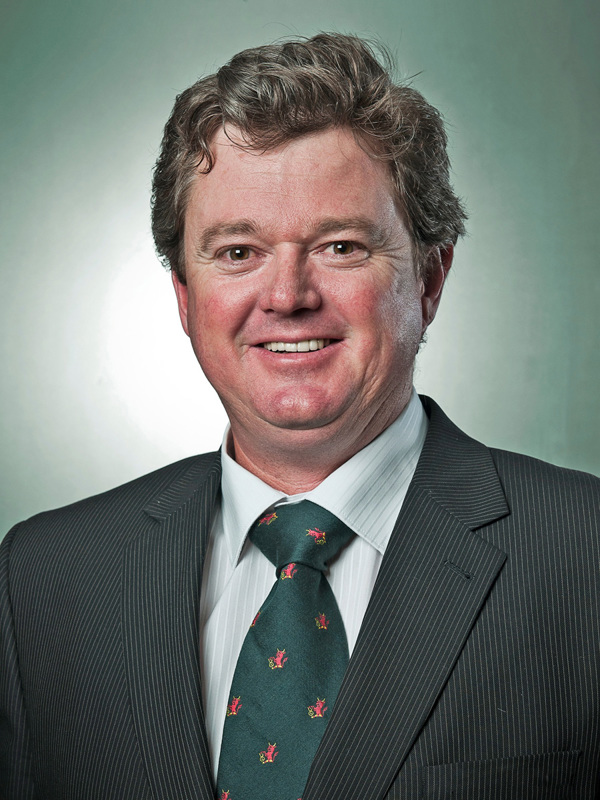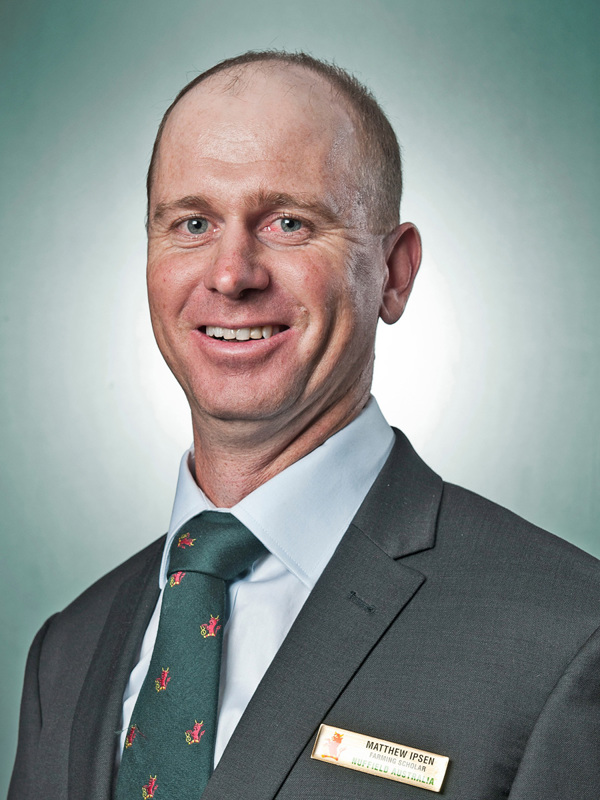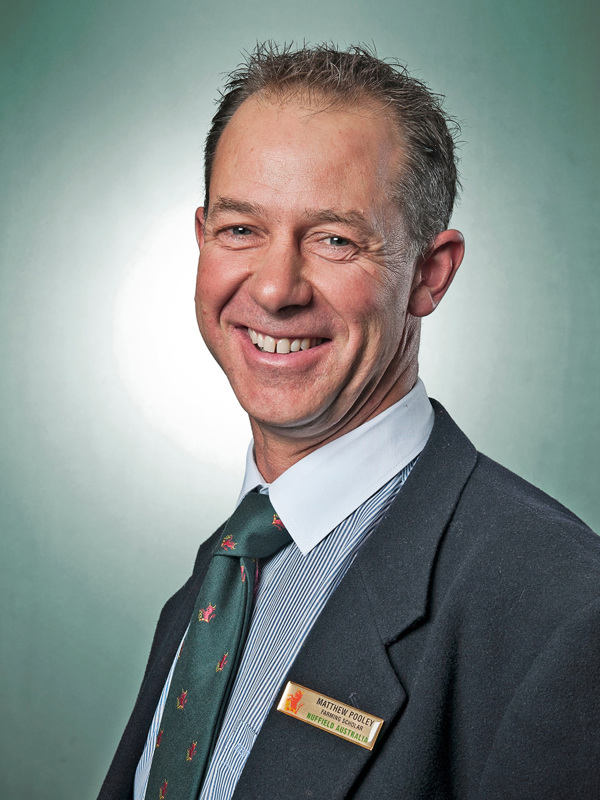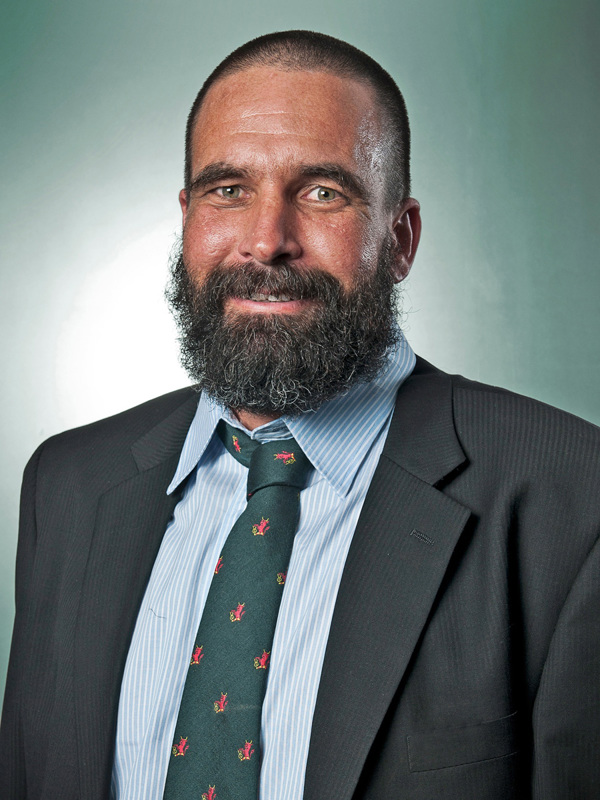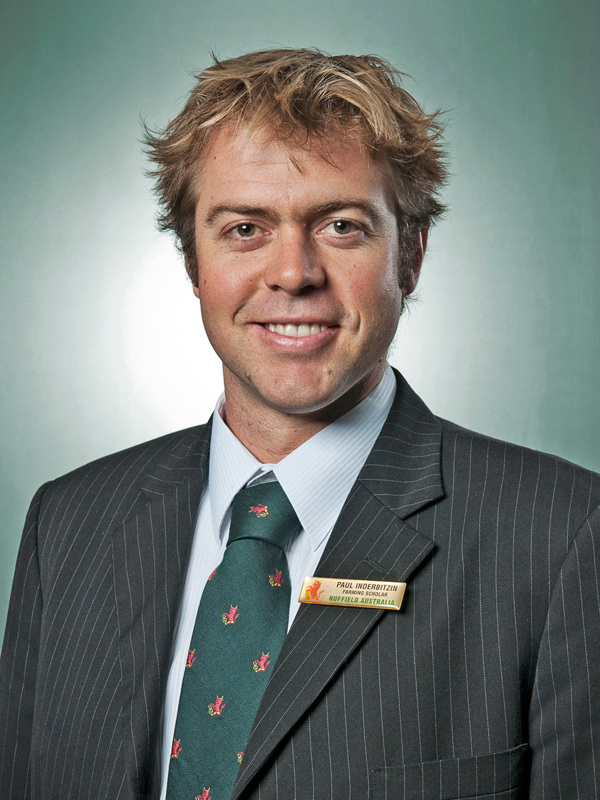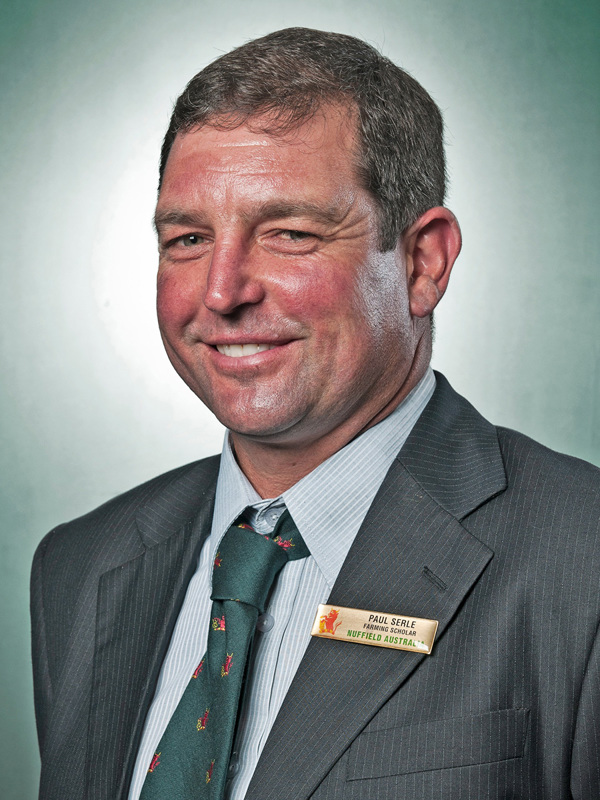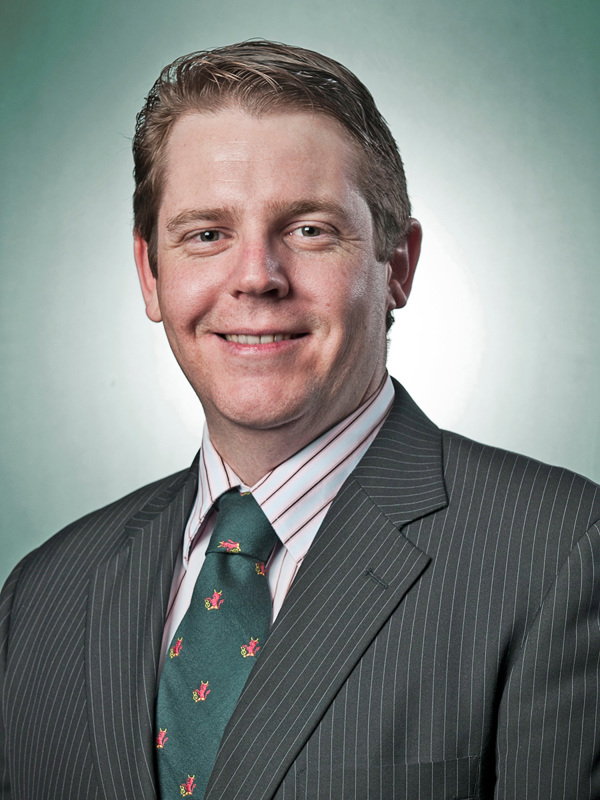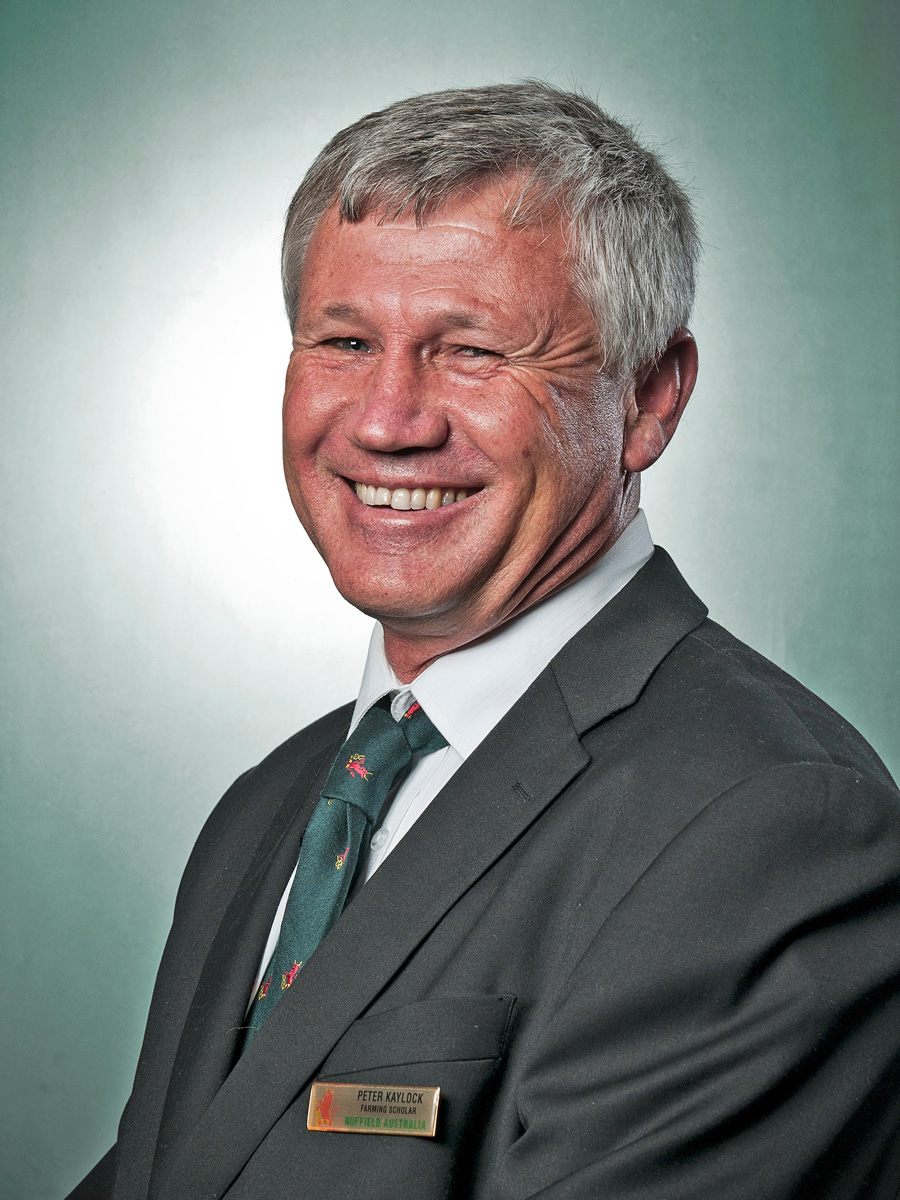
Peter Kaylock
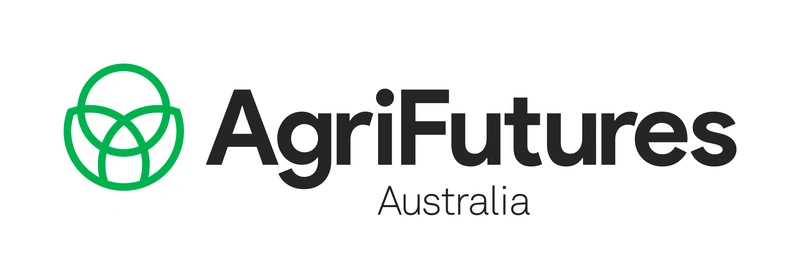
With ever-increasing pressure on water use in his industry, rice grower and scholar Peter Kaylock is intent on finding better ways of crop establishment.
While his family has been growing rice in Moulamein, NSW, for over 60 years, it’s the last ten that has seen Peter really focus on improving water use efficiency.
“There’s a lot of pressure on water use and I’d like to see the industry become more efficient and grow more with less – that’s what’s driven me to take up the Nuffield challenge. It was pretty difficult in a lot of ways to work out who I wanted to talk to about my topic and where I wanted to go. I didn’t realise there was quite such a big area of the world that direct-drill establish their rice – I thought most of the US was aerial-sown, which I found it wasn’t, and a lot of the Asian countries I know are all hand-sown, so that wasn’t applicable,” he explains.
Peter decided to head to Uruguay first and found plenty of synergies adaptable to rice farming systems in NSW.
“They’re working with some very basic machinery – their infrastructure’s pretty poor, the age of their machinery is probably 20-25 years old and they’re basically just drilling rice into their pasture country. Traditionally they’ve been beef and sheep producers, now they’re starting to pond their rainfall and are now growing rice on some very steep hills, which I just found amazing, without any real banks and applying water as was needed. It demonstrated to me that their water use efficiency is way in front of ours, I took a good lesson from that and hopefully we can make some changes and adapt it to fit our systems,” Peter explains.
From Uruguay, Peter went to England where he was impressed with the use of cover cropping.
“It intrigues me, it’s something we need to embrace and understand how it might fit in our systems. Everywhere I saw cover cropping it was in a wetter environment, but I think the principles are the same, and I’m sure we can make it work in our dryland and irrigation systems, mainly for weed control, improving our soil, friability and getting more organic carbon back into the system,” he explains.
Peter also spent some time looking at precision agriculture techniques in England, where he found some nitrogen application equipment he has subsequently imported. Peter believes it’s time to get serious about direct-drilling rice.
“We’re facing a water shortage in our rice industry, so we’ve really got to become conscious of how much water we’re using. Direct-drilling is just something we need to master, we need to get our weed control right and work out our nitrogen inputs for the crop – I’m sure we can make it very successful. I think I’ve learnt a lot and it’s just a matter now of what I can do to apply it,” Peter concludes.
